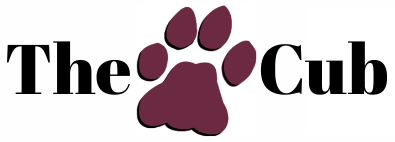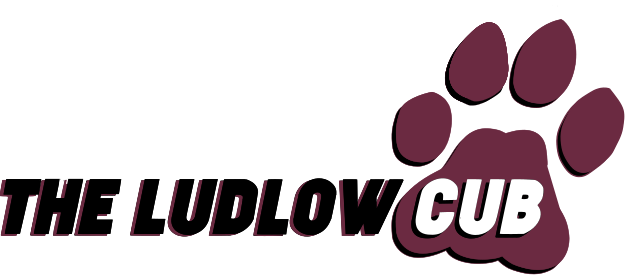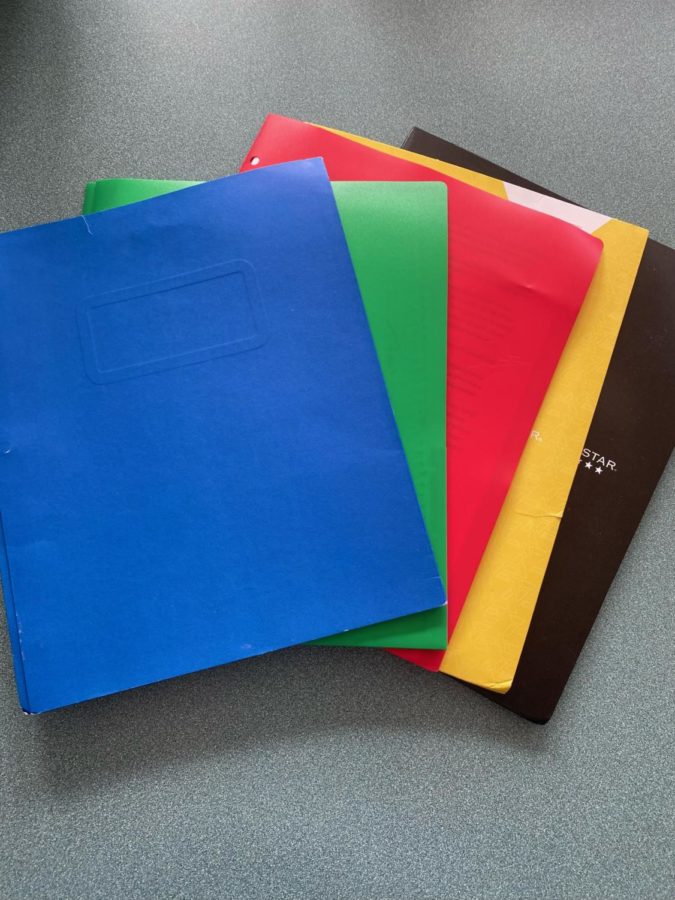How Ludlow High School Students View Subject Colors
September 29, 2022
Every day, when I open my backpack, I’m struck by the image of multiple color-coded folders and notebooks — one color for each subject. I begin to wonder what led me to the assignment of colors to classes. I always said it was a tactic to stay organized, but why is math always red? Over the past few years, the concept of assigned colors for each subject has become a fiery debate. It appears that everyone has a strong opinion about how they color codes their classes. The class debated over math, English, history, science, and foreign language.
Color Psychology and Taught Association
There are many reasons for our subconscious assignments of colors. For starters, color is often used as a way to affect our mood; the simple change from a blue shirt to a green shirt can change your mood for the day — this is because of color psychology. Color psychology focuses on the psychological impact of color on our moods, behaviors, and relationships. Warm colors (such as red and orange) evoke feelings of warmth, comfort, anger, and hostility, an extreme range of emotions from similar colors. On the other hand, cool colors (such as blue, purple, and green) emote a sense of calm, sadness, and indifference. I mean, everyone knows the theory of your AP tests scoring higher if a blue pen is used rather than black.
Additionally, teachers assign colors to subjects starting in elementary school. In many schools, students were told to use color-coded folders to hold handouts. When colors are used repeatedly, people begin to subconsciously associate them with the subjects. Additionally, when children are young, they are often given different colors to associate with different subjects (for example, starting in first grade, a student may be told that English is a “blue” class). This is ingrained into the student’s minds as they grow, causing them to associate the class with the colors for years to come.
So What’s the “Right” Way to Color Code Classes?
I also assign colors to my classes. English is blue, math is red, science is green, and history is yellow. But why? Why do I associate these classes with these colors?
For starters, English is blue because of the way words flow, the way the words remind me of the ocean, like the sky I pull inspiration from. I tend to associate English with the color blue because when I’m stressed, writing helps me focus, allowing me to put my thoughts on paper. The color blue is generally calming to look at; English is a calming class, leaving the only possible color for English to be blue.
Math, on the other hand, is red, an evil color for a subject that brings anxiety and stress into my life. This is a stark comparison to English, with cool and hot colors clashing. When I’m in a math class, I am often confused, with the numbers blending, and I often struggle to grasp the concepts of unit circles and quadratic equations.
Science is hard to explain — it’s just kind of always been green. Perhaps that’s because of the way we associate science with nature, after all, plants are green. When I was younger, science was green because it reminded me of slime. Science was just a slimy subject and slime is often green.
Senior Matthew Favata has strong opinions on the fact that science is green: “science is green, that’s a statement,” says Matthew, “green trees, green leaves. Everyone knows that science is green, english is red, math is blue, and history is yellow.”
Where Do Ludlow High School Students Stand?
“It’s probably history,” says senior Amie Teixeira when asked about her favorite subject, “it’s yellow because history is my favorite subject and yellow is my favorite color.”
I spent the past few days collecting data and deciding where Ludlow High School Students stood in the debate. The results are as follows:
- 42% of students said English was yellow
- 80% of students said math was blue
- 71% of students said science was green
- 40% of students said history was yellow, additionally, 40% of students said history was blue
- 25% of students said their foreign language was orange, 25% said it was purple, 25% said it was yellow and 25% said their foreign language was blue
Junior Ashlyn Keating has an unpopular opinion on the color of English. “It would be yellow,” she says, “I feel like it’s just a very bright topic and subject; it’s like optimistic and full of joy.”
Although there is technically no right or wrong way to color-code classes (despite my way being the only option) the long-lasting debate on what colors belong to each class is sure to rage on for years to come.
Resources:


